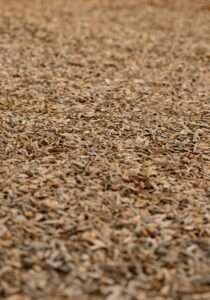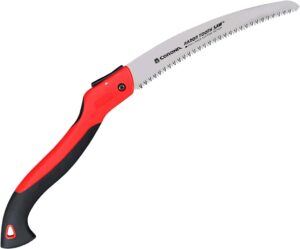Gardener’s Guide to Fertilizers
!Photo by encierro on Shutterstock
As a gardener, you understand that plants thrive when well-fed. In the intricate dance of nature, gardeners play a vital role in replenishing depleted nutrients. But with a plethora of fertilizers available and varying plant needs, navigating the world of fertilization can feel overwhelming. Fear not! Let’s demystify the process and empower you to choose the right fertilizer for your garden.
Unearthing the Basics: Types of Fertilizer
1. Organic vs. Inorganic Fertilizers
- Organic Fertilizers: Derived from plants or animals, organic fertilizers are eco-friendly and enhance overall soil health. They gradually release nutrients, nourishing both plants and the earth. Think of them as a wholesome meal for your garden.
- Inorganic Fertilizers: These man-made chemical fertilizers lack the organic touch. While they provide a quick nutrient boost, they do little to improve soil structure or long-term health. Proceed with caution, as some inorganic fertilizers can harm the environment and wildlife.
2. Granular vs. Water-Soluble Fertilizers
- Granular Fertilizers: Picture slow-release granules as tiny time capsules. They steadily release nutrients over an extended period, ensuring a sustained supply for your plants. Ideal for busy gardeners who prefer less frequent applications.
- Water-Soluble Fertilizers: These are the espresso shots of the fertilizer world. Dissolve them in water, and they deliver an instant nutrient kick. Perfect for reviving droopy plants or providing a rapid boost during critical growth phases.
Nutrient Know-How: What Plants Crave
Before you fertilize, get acquainted with the essential nutrients your plants hunger for:
- Nitrogen (N): Vital for leafy growth and vibrant green foliage.
- Phosphorus (P): Boosts root development, flowering, and fruiting.
- Potassium (K): Enhances overall plant health, stress tolerance, and disease resistance.
- Secondary Nutrients: Calcium (Ca), magnesium (Mg), and sulfur (S) play supporting roles.
- Micronutrients: Iron (Fe), manganese (Mn), zinc (Zn), copper (Cu), boron (B), and molybdenum (Mo) are trace elements essential for plant health.
Timing and Technique: When and How to Fertilize
- Early Spring: Wake up your garden with a balanced fertilizer (e.g., 10-10-10) to kick-start the growing season.
- Mid-Summer: Apply slow-release granules around plants, ensuring steady nourishment.
- Fall: Opt for low-nitrogen fertilizers to encourage root growth and winter hardiness.
- Application Tips:
- Broadcast: Sprinkle granules evenly over the soil surface.
- Side-Dress: Create a shallow trench alongside plants and add granules.
- Foliar Spray: Mist water-soluble fertilizer directly onto leaves for rapid absorption.
Success Strategies: Tips for Thriving Plants
- Read Labels: Understand the N-P-K ratio (nitrogen-phosphorus-potassium) and follow dosage instructions.
- Water Well: Fertilize after watering to prevent root burn.
- Avoid Overfeeding: Too much fertilizer harms plants. Moderation is key.
- Soil Testing: Regular soil tests guide your fertilization decisions.
- Compost: Nature’s original fertilizer enriches soil and promotes microbial activity.
Organic Allies: The Power of Amendments
- Compost: Black gold for your garden—rich in nutrients and beneficial microorganisms.
- Bone Meal: High in phosphorus, perfect for flowering plants.
- Fish Emulsion: A smelly but effective liquid fertilizer.
- Seaweed Extract: Packed with micronutrients and growth stimulants.
Remember, a well-fed garden dances with life. So grab your trowel, nourish your plants, and watch them flourish! 🌱🌻
Subscribe to our FREE weekly newsletter for more gardening wisdom, design inspiration, and plant magic. We promise never to share your email with third parties. 🌼📩





